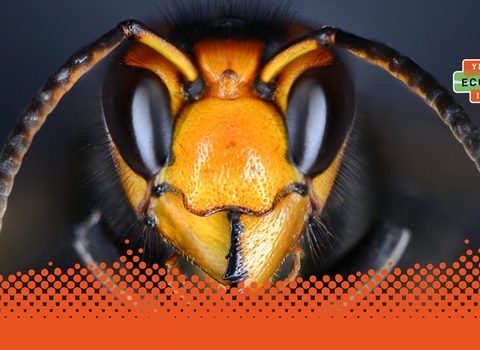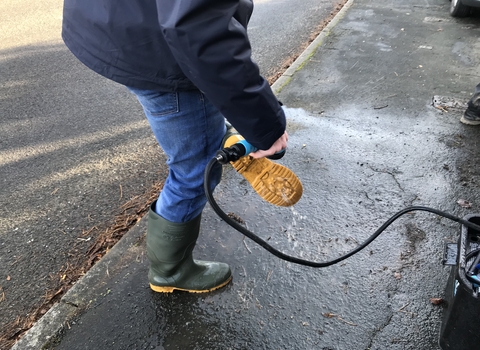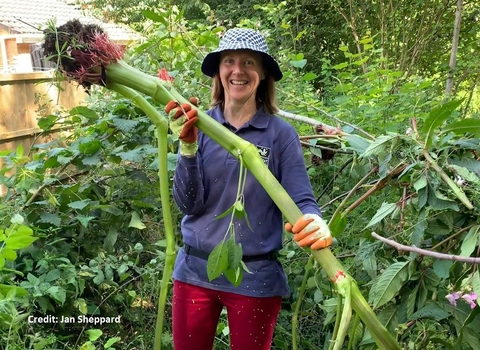Do you want to help tackle invasive species in Wales?
What are invasive species?
Invasive non-native species (invasive species) are plants or animals that have been introduced by humans to corners of the world where they wouldn’t naturally be found. They can impact the environment, economy, our health and the way we live.
Invasive species can dominate entire ecosystems, out-competing and threatening Wales’ biodiversity. They are one of the ‘top five’ drivers of decline in nature along with pollution, changes in land and sea use, exploitation of species and climate change.
Watch our short video on how you can help stop the spread of invasive species.
What is Ecosystem Invaders?
Ecosystem Invaders is the national campaign of Wales Resilient Ecological Network (WaREN) to raise awareness of invasive species and their impacts. This campaign focuses on how we can all help tackle invasive species and stop their spread through improved biosecurity. You can download our Ecosystem Invaders partner pack here which includes a lot of information and resources!
Examples of invasive species....
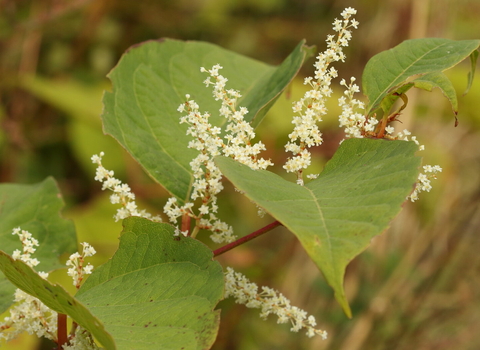
Japanese knotweed © Vaughn Matthews
Japanese knotweed
Japanese knotweed (Reynoutria japonica or Fallopia japonica) was first recorded in the wild in GB in Maesteg, South Wales, in 1886. Knotweed doesn’t spread through seeds but through underground creeping rhizomes. A tiny fragment of rhizome can grow into a new plant! Japanese knotweed can grow through hard materials and cause structural damage to properties. The best way to treat Japanese knotweed is through chemical control, check out this guidance from Welsh Government for more information.
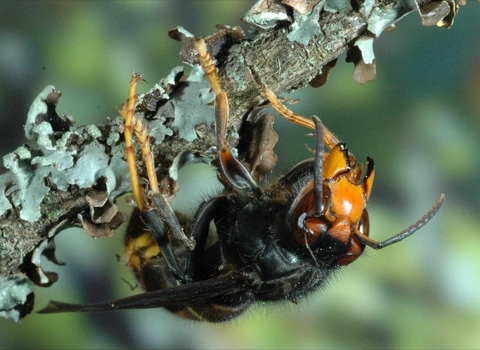
Asian hornet worker © National Bee Unit
Asian hornet
The Asian hornet (Vespa velutina) is not yet established in the UK but have been recorded in GB since September 2016. Although they are smaller than our native hornet they can grown up to 3cm in length and are highly aggressive predators which will hunt our native honey bees. Asian hornets are an Alert Species, if you spot one you need to report it, find out how to report your sighting and more info on Asian hornets here.

Invasive non-native species American signal crayfish ©Trevor Renals
Signal crayfish
Signal crayfish (Pacifastacus leniusculus) were first introduced in 1976, they then rapidly spread throughout the UK in the 70s and 80s. Once established signal crayfish are very difficult to remove, they predate on native aquatic species and burrow into riverbanks destabilising them. Signal crayfish also carry the crayfish plague which is deadly to our native white-clawed crayfish populations.
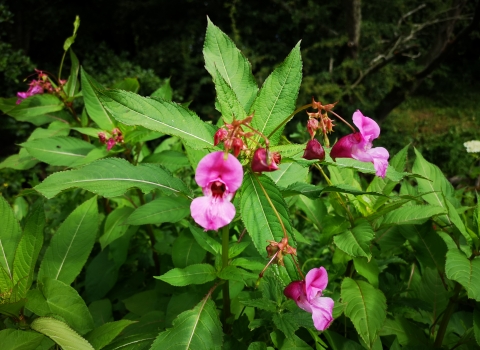
© NWWT
Himalayan balsam
First recorded in 1839, Himalayan balsam (Impatiens glandulifera) has now spread throughout the UK and is often found along river banks where it takes over and out-competes native flowers. Himalayan balsam has exploding seed pods, which can fling each plants 800 seeds up to 7m away from the plant. You can easily remove balsam by pulling it out by the roots, check out this blog for more information.

© Gillian Day
Grey squirrel
The grey squirrel (Sciurus carolinensis) is native to North America and was first recorded in GB in 1828. Their import was declared illegal in 1938, but by this time they were already well established and were rapidly spreading. Grey squirrels pose a major threat to our native red squirrel populations. They are able to outcompete them for food and habitat, and also carry squirrel pox, a disease which is deadly to our native red squirrels. Be sure to report your squirrel sighting (grey and red) using the LERC Wales App.
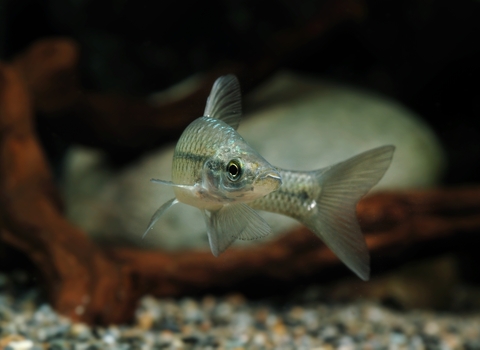
Topmouth gudgeon
First recorded in the wild in 1990, topmouth gudgeon (Pseudorasbora parva) is an ornamental species that was brought to GB through the pet trade. Although they are small, up to 11cm, they are able to quickly colonise areas and have major impacts on native species through competition, predation and by carry diseases and parasites. Topmouth gudgeon is an Alert Species, if you spot one please report the sighting to the UK Centre of Ecology and Hydrology.
What can you do?
There are lots of things you can do to tackle the threat posed by invasive species ...
If you enjoy gardening or recreational water activities we have some handy tips on how you can stop the spread of invasive species today. Watch our videos below!
Do you enjoy gardening?
Ornamentals have been introduced for centuries to the delight of gardeners. As well as being beautiful, ornamentals can support biodiversity in gardens and benefit our mental health.
A relatively small number of ornamentals have and continue to escape into the wild, where they can become invasive.
How can gardeners help?
Follow these three 'top tips' developed by the GB Non-Native Species Secretariat to Be Plant Wise and help stop the spread of invasive species into the wild:
- Know what you grow - choose the right plants and garden without invasive species
- Stop the spread - keep your plants in your garden
- Compost with care - dispose of unwanted material responsibly
Watch our short video on how gardeners can help stop the spread of invasive species.
You can also download our leaflet with specific tips for gardeners here!
Alternatives to invasive ornamentals
A new guide called 'Gardening without harmful invasive plants' has been released by the GB Non-Native Species Secretariat. This booklet includes information and guidance on how gardeners can avoid invasive plants and suggestions for alternatives.
Reporting potentially invasive ornamentals
You can also become a citizen scientist by reporting any potentially invasive plants growing in your garden. Gardeners can play a crucial role in detecting ornamentals that are showing ‘invasive behaviour’, this could be ornamentals that are spreading too much in your garden. Report any potentially invasive plants to PlantAlert using their online survey.
Do you enjoy recreational water activities?
Many invasive species have been introduced to waterbodies, such as lakes and rivers, with some species accidently escaping from aquaculture facilities and spread by recreational water users. For example, signal crayfish escaped from commercial fisheries in the 1970s and have since devastated native white-clawed crayfish populations by the transmitting of a disease called crayfish plague.
Invasive species can cause serious and, in some cases, irreversible environmental problems, and can interfere with the activities you enjoy such as fishing and paddling. For example, floating pennywort can clog propellers and block waterways, limiting access and enjoyment.
How can you help?
‘Check, Clean Dry’ is a biosecurity campaign to protect wildlife and the environment from invasive species.
There are three simple steps you can take to tackle the threat posed by invasive species;
- Check – always check your equipment and clothing when leaving the water for any plant and animal material
- Clean – make sure everything has been cleaned thoroughly as soon as you can. Paying attention to the areas that are damp or hard to clean, and where possible use hot water.
- Dry – always dry everything thoroughly for as long as possible. Some invasive species can survive in damp conditions for over two weeks.
You can find specific advice whether you are an angler, paddler, or boater on the GB Non-Native Species Secretariat website.
Watch our short video on how you can help stop the spread of invasive species while enjoying recreational water activities. You can also download our leaflet with specific tips here!
Ecosystem Invaders - Recreational Water Users (https://youtu.be/A9D6OEEzLP8)
© WaREN, Ecosystem Invaders Campaign - NWWT
Do you want to help tackle invasive species in Wales? The sign-up to receive handy tips and advice on how you can help!
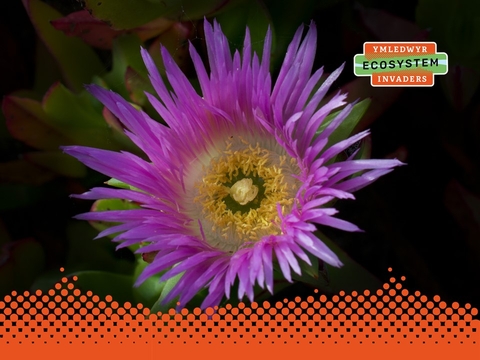
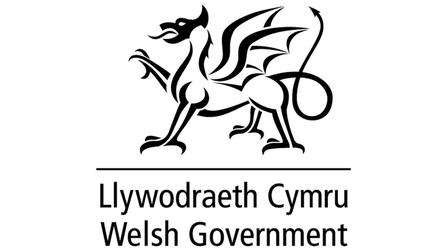
© Welsh Government

